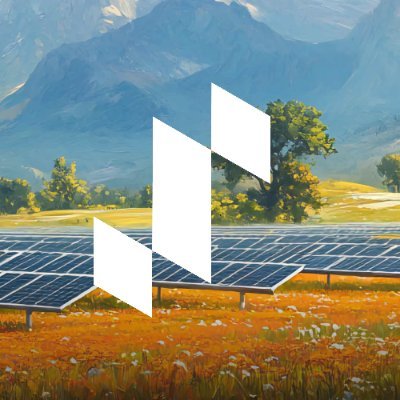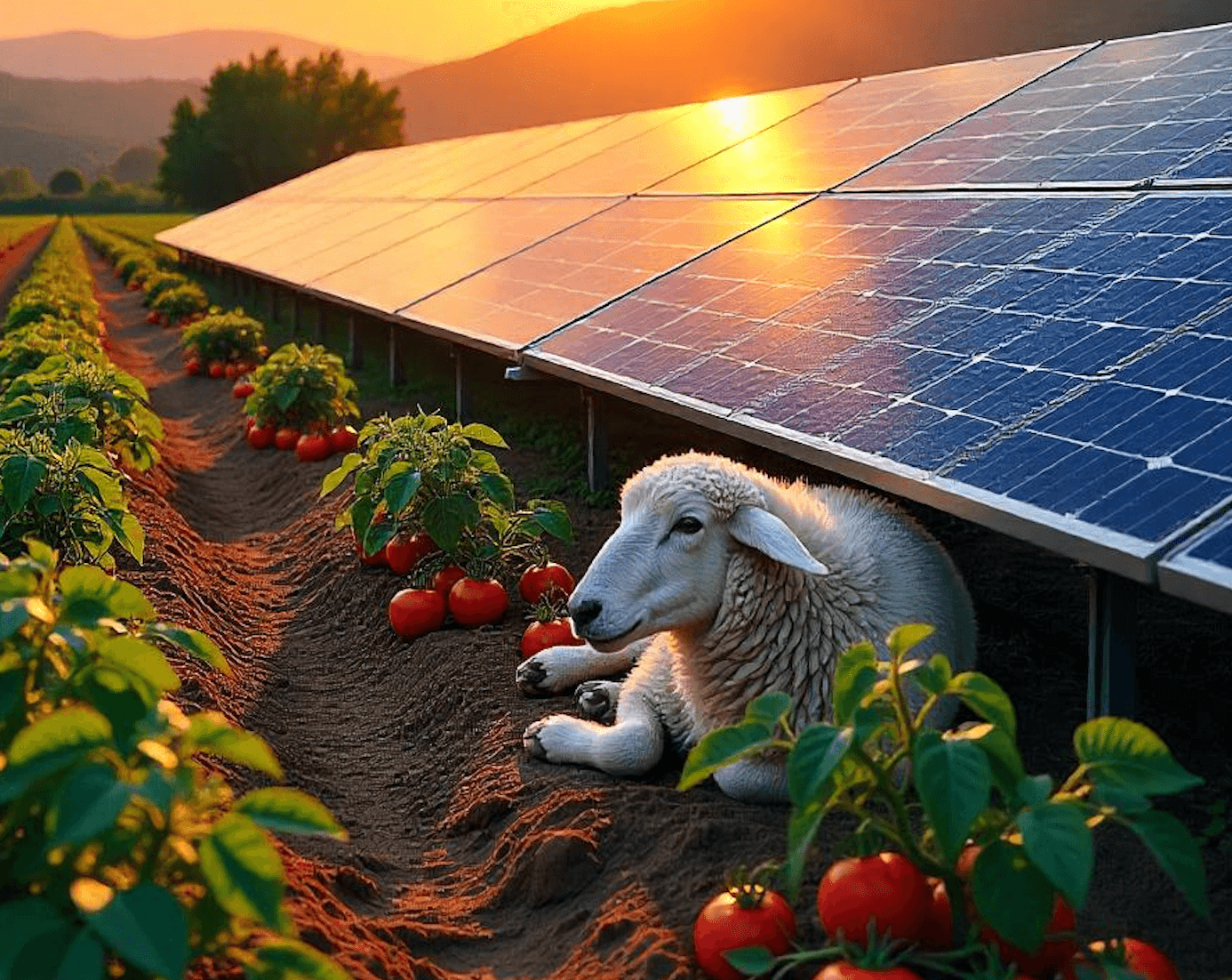The Benefits Of Solar Grazing vs. Solar Crop Production



Solar Grazing & Solar Crop Production: Agrivoltaics Subdivisions
As the agricultural landscape shifts towards sustainability, innovative practices like solar grazing and solar crop production are capturing the interest of farmers. These approaches not only maximize land use but also align with the growing demand for renewable energy. In this blog post, we’ll explore the distinct benefits of each method, highlighting how they can enhance farm productivity and profitability while promoting environmental stewardship. Whether you're looking to diversify your income or boost your land’s potential, understanding these practices can help you make informed decisions for your farming future.
What is Solar Grazing?
Solar grazing refers to the practice of allowing livestock, typically sheep or goats, to graze on land that is occupied by solar panels. This dual-use strategy maximizes land efficiency by utilizing the space under and around solar installations for agricultural purposes.
Benefits of Solar Grazing
1. Land Optimization: Solar grazing allows farmers to make the most of their land. Instead of leaving the area beneath solar panels unused, livestock can graze, keeping the vegetation manageable while still generating renewable energy.
2. Cost Savings: Grazing animals can significantly reduce feed costs. Instead of buying feed, livestock can naturally graze, which can improve their health and well-being.
3. Soil Health Improvement: Grazing animals contribute to soil health by naturally fertilizing the land. Their grazing behavior helps maintain healthy grasslands, which can enhance biodiversity and soil structure.
4. Reduced Maintenance: Grazing helps control weeds and overgrowth, minimizing the need for mechanical mowing and other maintenance tasks for solar farms. This can lead to lower operational costs for solar panel owners.
5. Diversified Income: Incorporating livestock into solar farms provides an additional income stream for farmers. This diversification can help stabilize revenue, especially in fluctuating markets.
6. Environmental Benefits: Solar grazing promotes sustainable land use, supports local ecosystems, and can even help mitigate some heat effects on solar panels, potentially improving energy efficiency.
Considerations for Implementation
- Animal Selection: Common choices for solar grazing include sheep and goats, as they are well-suited for managing undergrowth and thrive in open spaces.
- Management Practices: Proper grazing management is essential to prevent overgrazing and ensure the health of both the livestock and the land.
- Safety and Accessibility: It’s important to ensure that grazing animals don’t interfere with the solar panels and that they are safe from potential hazards associated with solar infrastructure.
What is Solar Crop Production?
Solar crop production involves growing crops in areas where solar panels are installed, either beneath the panels or in nearby fields. This method maximizes land use, allowing farmers to generate food and income while also producing renewable energy.
Benefits of Solar Crop Production
1. Dual Income Opportunity: By combining crop production with solar energy, farmers can earn revenue from both selling crops and generating electricity. This diversification can enhance financial stability and resilience.
2. Enhanced Soil Health: Growing crops can improve soil fertility and structure. Practices like crop rotation and cover cropping help maintain healthy soil, which leads to better yields and reduced need for chemical fertilizers.
3. Water Conservation: Certain crops can help retain moisture in the soil, minimizing irrigation needs. This is especially beneficial in areas where water is scarce, allowing for more efficient water use.
4. Biodiversity Boost: Planting a variety of crops promotes biodiversity, attracting beneficial insects and pollinators. A diverse ecosystem can improve crop resilience and yields.
5. Microclimate Advantages: Solar panels provide shade, creating a cooler environment that can benefit heat-sensitive crops. This can lead to better growth and reduced stress on plants during hot weather.
7. Support for Renewable Energy Goals: By integrating agriculture with solar energy, farmers contribute to sustainability and help meet renewable energy targets, aligning agricultural practices with environmental stewardship.
Considerations for Implementation
- Choose the Right Crops: Select crops that thrive in partial shade and are suitable for your local climate. Some crops, like leafy greens or certain fruits, may do particularly well.
- Collaborate with Solar Developers: Work with solar companies to design layouts that maximize both crop production and energy efficiency, ensuring easy access for maintenance.
- Embrace Sustainable Practices: Implement sustainable farming techniques, such as organic practices or integrated pest management, to enhance both your crop yields and environmental health.
In conclusion, embracing solar grazing or solar crop production isn't just a smart choice—it’s a game changer for your farm. Imagine maximizing your land's potential while creating new revenue streams that diversify your income and enhance your profitability. Picture healthier soil and thriving ecosystems, all while contributing to renewable energy and sustainability.
By adopting these innovative practices, you’re not only investing in the future of your farm but also playing a crucial role in building a greener planet. Whether you choose to integrate livestock with solar panels or cultivate crops alongside renewable energy, the benefits are clear: improved yields, reduced costs, and a positive environmental impact.
Our team of experts can help you decide which Agrivoltaics subdivision works best for you. Start your Solarpunk journey!